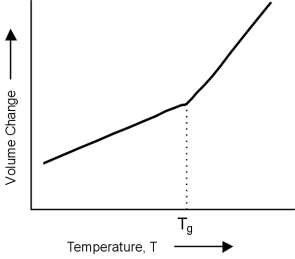This post is about hand polishing edges, although the most common method seems to be a fire polish. But the other, less considered, method is to polish by hand.
Advantages of cold working
- Hand polishing edges does not need to take long, as the area to be polished is very small in relation to the whole piece.
- The effort of manual polishing is rewarded by kiln time saved for additional pieces that can be produced while refining the edges of the current piece.
- There is much less risk of anything going wrong in hand work than in re-firing the piece.
Equipment
Handheld smoothing pads and water are all that is
required.
The pads are normally diamond ones and should start with 60
grit, if a lot of glass needs to be removed, but 100 grit will be good to start
with for smoothing a ground edge. Then
double the grit number (which is a halving of the particle size) to remove the
coarser scratches and finally a 400 grit.
Then move to a 220 grit resin smoothing hand block. These hand pads with diamonds encased in resin, are similar to this from HIS Glassworks.
 |
| Credit: HIS Glassworks |
They give the edge a satin finish, and that may be enough to
be so pleased with the appearance that you do not need to do any further work.
In all these stages you need to have the surface damp. When a white paste appears around the
grinding area, it indicates that more water is needed.
If you want to go further toward an optical finish, you can use a cerium impregnated hand pad such as this.
 |
| Credit: HIS Glassworks |
For cerium impregnated pads you need less water than
previously, to be able to generate the heat required to cause the chemical
reaction between the cerium and glass.
You, of course, can use machines such as a handheld rotary tool. You can get small diamond and cerium pads for these from many suppliers such as HIS Glassworks or Eternal Tools. You will need to turn the speed down to almost the minimum to do the work needed without generating too much heat, or spraying water all over the workspace. Most importantly you need eye and breathing protection against glass particles and dust when using rotary tools with no guards on them.










